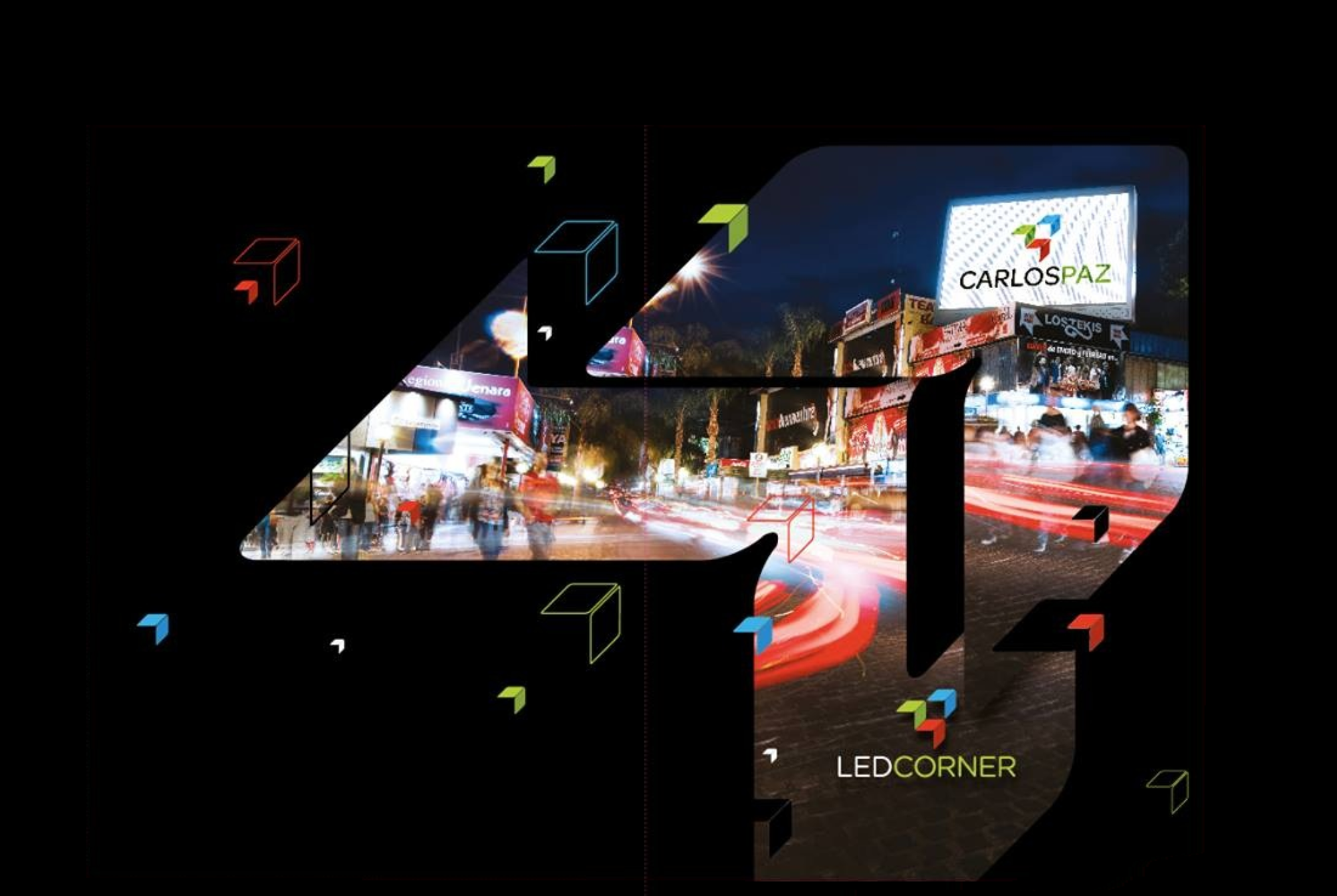In today’s interconnected globe, trainee areas play a critical role fit academic and individual experiences.

These areas are not simply collections of individuals yet are vibrant ecological communities that foster growth, discovering, and cooperation amongst trainees. They vary widely in type and feature, from campus-based teams to worldwide online forums, each offering special chances for involvement and growth.
Whether you are tipping onto a college university for the first time or participating in online discovering environments, understanding the structure and benefits of student neighborhoods can substantially boost your instructional trip. This post delves into the essence of pupil areas, checking out exactly how they work, the advantages they supply, and the ways in which they can be leveraged for individual and scholastic success.
Recognizing Trainee Areas
Student communities are fundamental to the scholastic experience, acting as both social and instructional support group. At their core, these communities are groups formed naturally by pupils homework help community who share common passions, objectives, or fields of study. They can be informal, such as study groups, or formal, like student unions and clubs.
These communities are identified by a common identity and the cumulative search of expertise, skills, and experiences. They serve as systems for trainees to attach, work together, and add to each various other’s growth, expanding beyond scholastic boundaries to influence personal growth and neighborhood interaction.

Fundamentally, pupil areas are microcosms of bigger societal frameworks, where leadership abilities are refined, ideas are traded, and lifelong relationships are created. The interactions within these areas reflect a varied mix of cultural, intellectual, and social characteristics.
- Networking Opportunities: Trainee communities provide a network of peers and mentors who can provide assistance and advice.
- Skill Development: Engaging in area activities aids students establish vital skills such as interaction, management, and synergy.
- Source Gain access to: These neighborhoods typically provide accessibility to academic resources, including study products and skilled suggestions.
- Social Interaction: They use a system for social interaction, easing the shift into brand-new scholastic environments and aiding to deal with seclusion.
Through these various functions, pupil neighborhoods come to be important to the all natural advancement of trainees, laying a structure for future specialist and personal success.
The Benefits of Taking Part In Trainee Areas
The advantages of participating in trainee neighborhoods are diverse, impacting both scholastic and individual rounds.

On an academic level, these communities encourage collective understanding, enabling pupils to gain from diverse perspectives and knowledge. Sharing knowledge and sources within a community can bring about more reliable understanding end results and boosted academic performance.
Additionally, student areas offer a platform for individual development and self-discovery. By engaging with peers from various histories and self-controls, students acquire a broader worldview, improving their cultural skills and compassion. This direct exposure to diverse perspectives is very useful in establishing essential thinking and problem-solving abilities.
Additionally, active participation in community activities can enhance students’ confidence and self-worth. Tackling management roles or participating in conversations and occasions fosters a feeling of success and belonging, which is vital for total wellness and inspiration.
Sorts Of Student Communities
Trainee communities been available in numerous kinds, each satisfying various interests and objectives. These can be extensively categorized right into scholastic, social, recreational, and professional areas, to name a few. Each type gives special platforms and opportunities for pupil interaction.
- Academic Communities: These are normally centered around certain disciplines or scholastic passions. Examples include study hall, honors societies, and department clubs.
- Social Neighborhoods: These groups focus on promoting cultural awareness and diversity, frequently arranging events and tasks to celebrate different practices.
- Entertainment Neighborhoods: These include sporting activities teams, recreational clubs, and hobby-based teams that offer a break from academic roughness and promote physical and psychological health.
- Specialist Communities: These are targeted at occupation growth, using networking chances, workshops, and mentorship programs to prepare students for the expert world.
By recognizing and involving with the appropriate areas, trainees can customize their college experiences to line up with their interests and job aspirations, leading the way for a meeting scholastic journey.
Constructing a Prospering Pupil Community
Creating and preserving a growing trainee community needs effort and cooperation from both pupils and schools. It starts with fostering an inclusive atmosphere where all trainees feel invited and valued regardless of their backgrounds.
Organizations can sustain this by giving resources and centers that urge communication and engagement. This includes producing physical spaces like student unions and online systems that facilitate communication and partnership. In addition, organizing occasions, workshops, and seminars can even more boost interaction, supplying trainees with chances to attach and learn from each other.
Management and Trainee Participation
Effective leadership is vital in nurturing an effective student neighborhood. Management functions within these areas provide trainees an opportunity to create and show their organizational and interpersonal abilities. Trainees that presume these roles contribute substantially to setting the tone and direction of their neighborhoods, influencing their peers positively.
Urging leadership and active engagement among pupils not only enhances the area yet additionally equips individuals, preparing them for future difficulties. By promoting a society of collaboration and assistance, pupil areas can flourish, leaving a long-term effect on their members and the scholastic environment as a whole.

